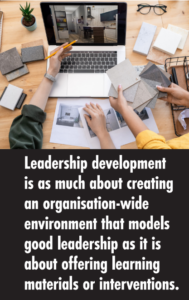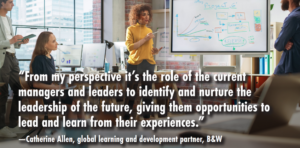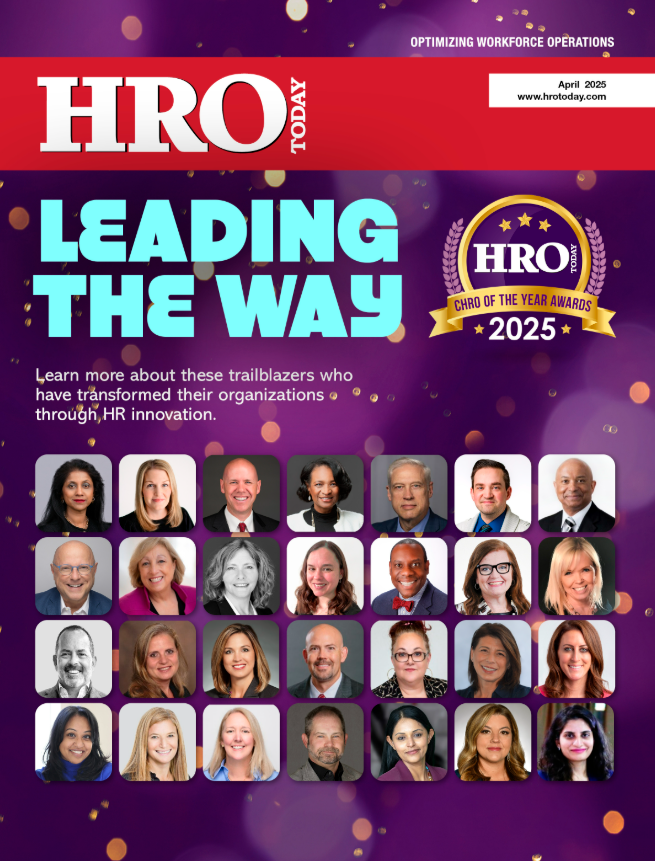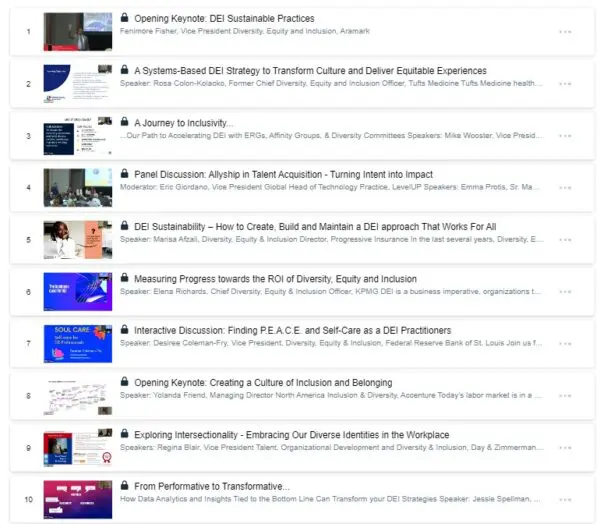By focussing on coaching and nurturing soft skills among prospective leaders, HR can set their organisations up for future success.
By Simon Kent
Being a leader today is a complicated business. While faced with all the usual challenges of steering a business forward and overseeing an effective and motivated workforce, the context in which leading takes place has shifted significantly.
“Digital technologies are changing everything about how companies operate, how customers behave and how people work. So, how could they not change the way leaders lead?” asks Michael Faulkner, CEO at London-based employee engagement and leadership development agency NKD. As Faulkner suggests, influences such as the fallout from the pandemic, the geographic spread of the workforce, and the multi-generational workplace now presents a different environment in which leaders operate compared to that of even a few years ago.
According to Faulkner, one of the most important shifts in leadership has been to steer organisations away from a command-and-control model, instilling instead a “coaching mindset” where expectations are set. For instance, the number of days in the office is recorded in a reasonable policy and workers are trusted as equals. “We talk about the ‘ego-less’ leader, committed to continuous learning and building trust-based relationships with their teams,” says Faulkner. “That’s the way to bring through the next generation of talent and hone the skills of existing leaders.”
“Leadership today is different to what it was 10 years ago,” agrees Graham Glass, CEO, CYPHER Learning. “In a hybrid environment, empathy and emotional intelligence are key to good leadership and a healthy workplace, with soft skills being more important than ever.”
But as Glass points out, leaders do not just appear, they need to be nurtured. Companies that create a culture of continuous learning and development are, he says, far more likely to develop strong leaders. Indeed, CYPHER’s own research found that leadership is the number one area in which workers globally want training—and it’s also the number one area where workers would like their own managers to be trained.
“Soft skills, such as listening and communication, critical thinking, and team management are highly coveted by employees but too rarely taught,” explains Glass. “While official certifications and accreditations are usually tracked, soft skill advancement likely isn’t. This can make it hard to find the diamonds in the rough, as HR lacks visibility. This is particularly true in global or distributed organisations, where remotely situated talent can drift off radar.”
At Black & White (B&W) Engineering, Amy Henderson, people manager for UK and Europe, also cites coaching as a great leadership skill, along with the ability to listen and communicate well. “It’s important organisations make a distinction between being excellent at the job and being excellent at leading others to do the job,” she says. “HR can and should facilitate the identification of leadership potential and development by implementing and leading processes aimed at assisting the leaders to spot such talent.”
Catherine Allen, B&W’s global learning and development partner, explains that identifying, bringing forward, and developing this kind of talent remains part and parcel of everyday business life. “From my perspective it’s the role of the current managers and leaders to identify and nurture the leadership of the future, giving them opportunities to lead and learn from their experiences,” she says. “The function of L&D in this is to support development for both current leaders and future talent, both in terms of management skills and leadership attitudes.”
Leadership development is therefore as much—if not more—about creating an organisation-wide environment that models good leadership as it is about offering learning materials or interventions.
Allen says B&W provides spaces where there are opportunities to learn through shared experience, reflection, and discussion. “Recognise that good leadership habits are reinforced not only by what works well, but also by recognising what hasn’t worked and choosing to change that behaviour or attitude,” advises Allen. “In order to lead you need followers and that’s a choice the team members make at a psychological level, and authenticity is key to this. Be yourself as everyone else is taken.”
The use of external leadership development resources is not cast out but does require some thought and planning. Allen says by working closely with external consultants, they understand the structures and dynamics that create the organisation’s culture. “Where leadership development doesn’t account for the environment learners can struggle to apply generic techniques,” she says. “As an internal resource, it’s critical to take a meta perspective of the organisation. Recognise you are part of the system and ‘step outside it’ from time to time to ensure what you are doing fits not only the organisational needs but also those of the learners themselves in context of business as a whole.”
Adam Levine, a coach at High Performance Coaching grounded in neuroscience, also emphasises the importance of creating a company culture that nurtures talent and encourages professional growth. Creating this can be done through a combination of internal and external resources. “A balanced blend of internal mentorship, coaching, and rotational assignments should be more than enough to develop an emerging leader’s skill set, especially when combined with external executive education programs and networking opportunities,” he says. “This mix of responsibilities will expose leadership candidates to new perspectives and best practices across the industry.”
Cyndi Sax, vice president, talent solutions at assessment company Talogy, notes that succession planning for leadership is important for organisations, if only to avoid the impact of an absent CEO or department head.
“It can take a long time to fill a key leadership position,” she says. “Having a pipeline of talent to tap into within an organisation can significantly reduce the time to fill a crucial vacancy, reduce costs, and provide business continuity.”
However, she also notes finding high potential is not always easy with likely candidates sometimes lacking the necessary ambition to take on the role. “Many organisations have provided learning and development to high performers, only to find that when it comes to it, they don’t really want the top job,” she says.
So, while promoting internal talent is beneficial from a point of view of continuity and cultural alignment, HR can also consider external candidates. As Sax points out, “Sourcing leaders externally can bring fresh ideas, diverse perspectives and valuable industry insights which end up pushing the company to new heights.”
















